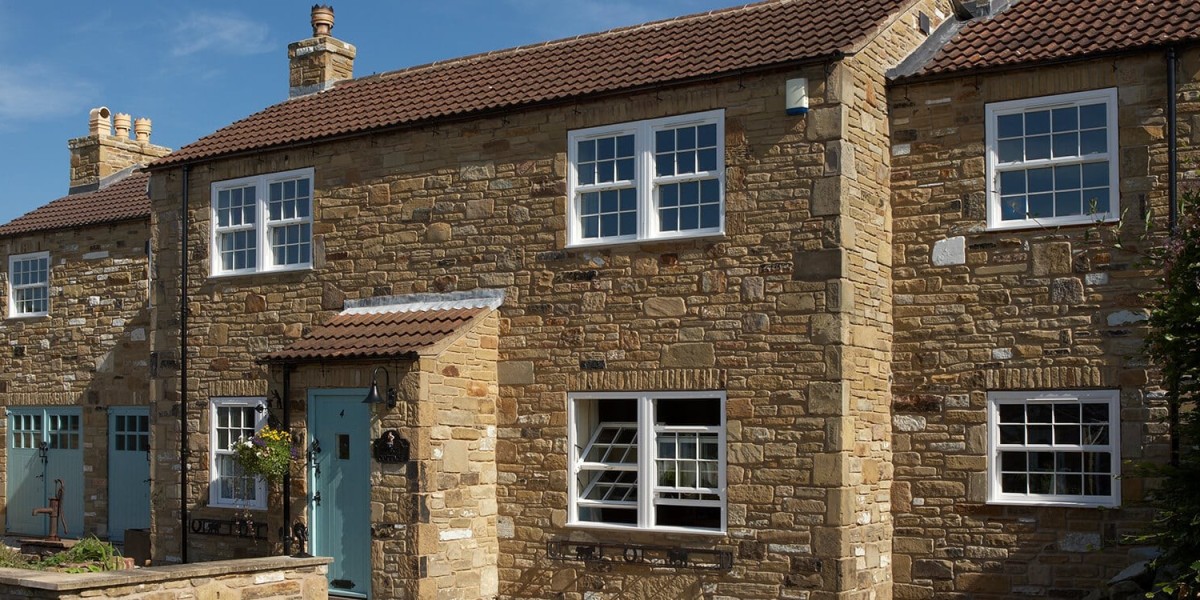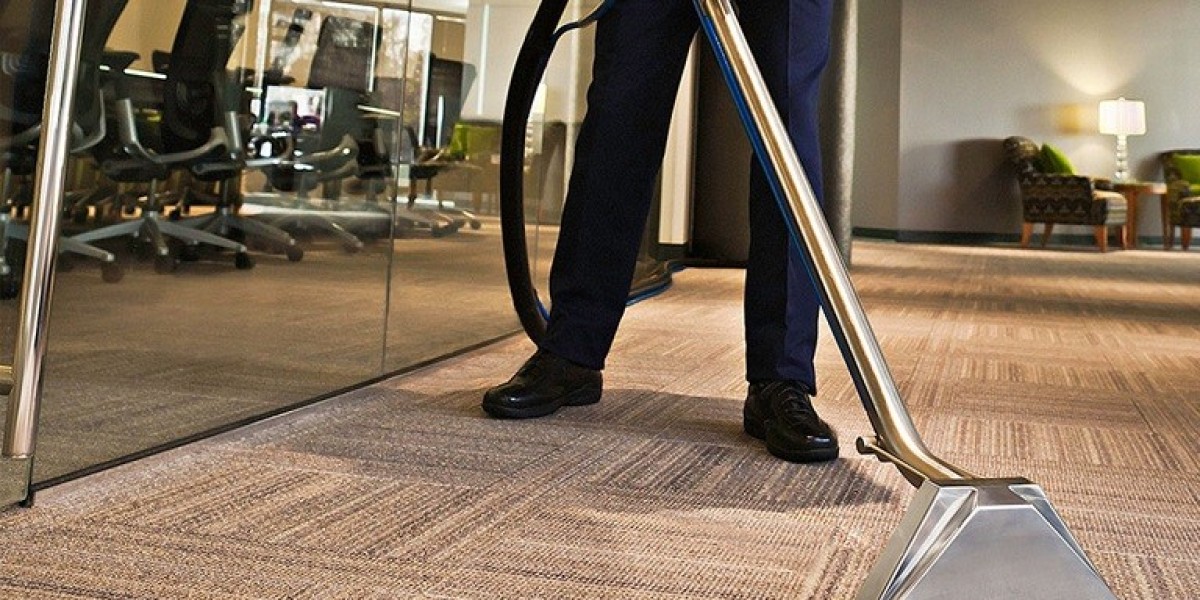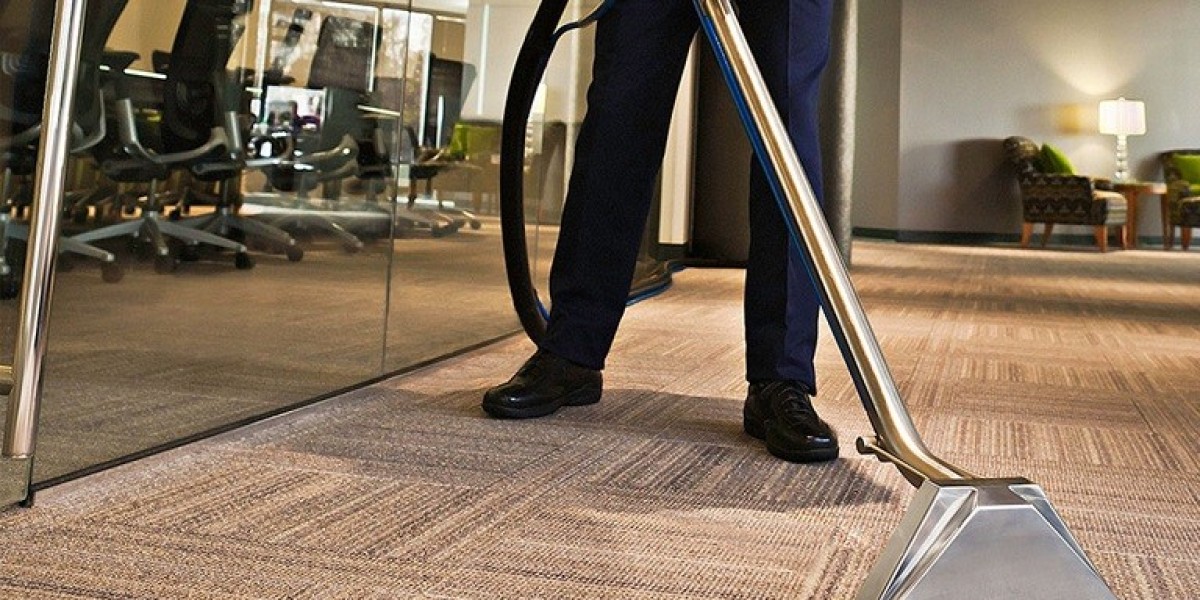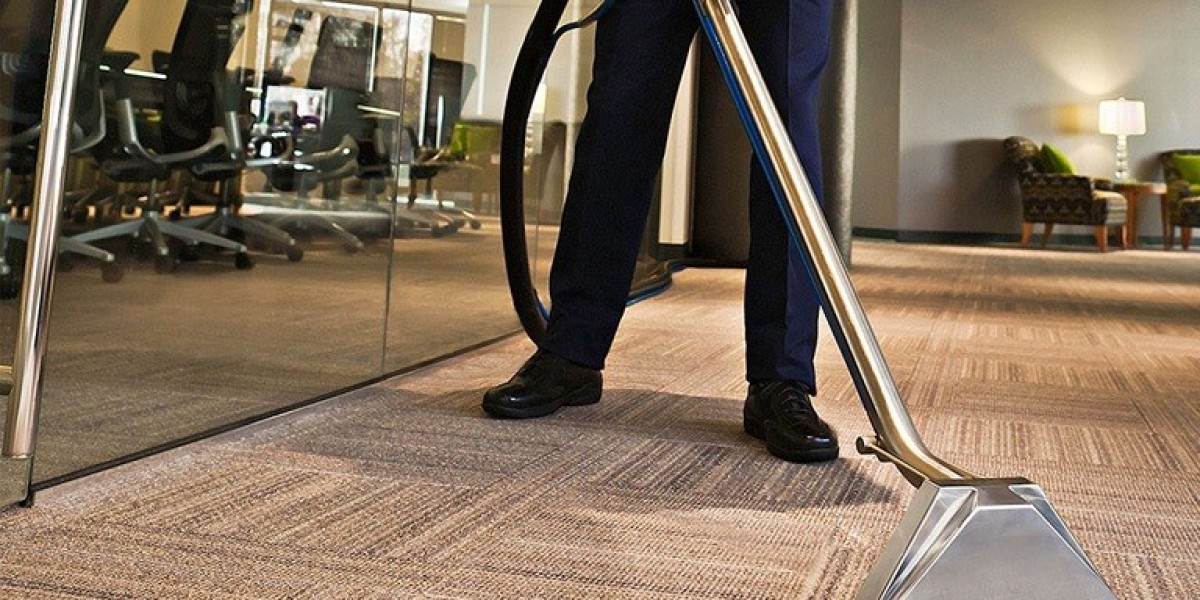Introduction
Window installation is a critical aspect of construction and renovation, significantly impacting energy efficiency, aesthetics, and overall property value. Whether replacing old windows or installing new ones, understanding the process is essential for homeowners, contractors, and DIY enthusiasts alike. This report outlines the various types of windows, the installation process, necessary tools, and best practices to ensure a successful window installation.
Types of Windows
Before delving into the installation process, it is essential to understand the different types of windows available in the market. The most common types include:
- Double-Hung Windows: These windows feature two sashes that move up and down, allowing for ventilation from both the top and bottom.
- Casement Windows: Hinged at the side, these windows open outward, providing excellent ventilation and unobstructed views.
- Sliding Windows: These windows slide horizontally, making them ideal for spaces where traditional windows may not fit.
- Awning Windows: Hinged at the top, awning windows open outward, allowing for ventilation while keeping rain out.
- Fixed Windows: These are non-operational windows that provide views and natural light but do not open.
Tools and Materials Needed
A successful window installation requires specific tools and materials. Here’s a list of essential items:
- Tools:
- Level
- Screwdriver (both Phillips and flathead)
- Hammer
- Utility knife
- Pry bar
- Caulking gun
- Safety goggles
- Ladder (if necessary)
- Materials:
- Flashing tape
- Insulation (foam or fiberglass)
- Caulk (exterior-grade)
- Trim and molding (if needed)
- Screws and fasteners

Preparation for Installation
Proper preparation is crucial for a smooth installation process. Follow these steps:
- Measure the Opening: Accurate measurements are vital. Measure the height and width of the window opening at three points (top, middle, and bottom) to ensure a proper fit.
- Choose the Right Window: Based on the measurements, select the appropriate window type and size. Consider energy efficiency ratings, materials, and design.
- Remove Old Windows: If replacing old windows, carefully remove them by prying off the trim and using a utility knife to cut any caulk or paint sealing the window in place. Be cautious of any glass shards.
Installation Process
Once the preparation is complete, follow these steps for installation:
- Inspect the Opening: Before installing the new window, check the opening for any damage or rot. Repair any issues before proceeding.
- Dry Fit the Window: Place the new window into the opening to check for fit. Ensure it is level and square; adjustments may be necessary.
- Apply Flashing Tape: To prevent water intrusion, apply flashing tape to the sill and sides of the window opening.
- Install the Window:
- Use shims to adjust the window until it is level and square.
- Secure the window in place with screws, following the manufacturer's guidelines.
- Insulate: https://investordiscussionboard.com/your-ultimate-guide-to-finding-the-best-double-glazing-installer-in-st-albans-tips-tricks-and-what-to-look-for/ Fill any gaps between the window frame and the rough opening with insulation to improve energy efficiency.
- Caulk: Apply exterior-grade caulk around the perimeter of the window to seal it and prevent water leaks.
- Install Trim and Molding: If necessary, replace or install new trim and molding to finish the look of the window.
Post-Installation Checks
After installation, conduct a thorough inspection:
- Check Operation: Open and close the window to ensure it operates smoothly.
- Inspect for Gaps: Look for any gaps or areas that may need additional caulk or insulation.
- Clean Up: Remove any debris, tools, and materials from the installation area.
Best Practices for Window Installation
To ensure a successful installation, consider the following best practices:
- Follow Manufacturer Instructions: Always adhere to the specific guidelines provided by the window manufacturer.
- Work in Suitable Weather: Avoid extreme temperatures or rainy conditions, as these can affect installation quality.
- Consider Professional Help: If unsure about the installation process, hiring a professional may save time and ensure proper installation.
- Regular Maintenance: After installation, regularly check the windows for any signs of wear, damage, or leaks to maintain their performance.
Conclusion
Window installation is a significant project that can enhance the comfort, aesthetics, and value of a home. By understanding the types of windows available, preparing adequately, and following a systematic installation process, homeowners can ensure a successful outcome. Whether undertaking a DIY project or hiring a professional, the key is to prioritize quality and attention to detail throughout the installation process. With the right tools, materials, and knowledge, new windows can provide years of enjoyment and energy efficiency.







